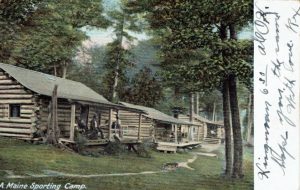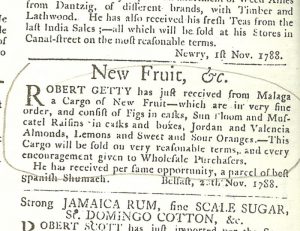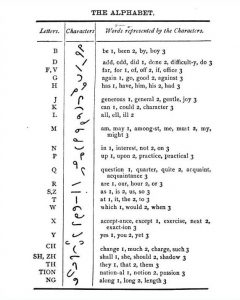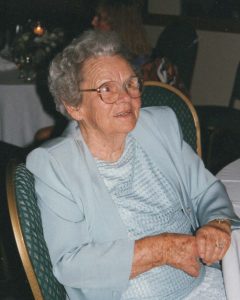 For the most part, my ancestors travelled very little, inclined to stay on home ground, at home or on the farm. I’ve discovered, however, that as recreational travel became easier, some of my ancestors “went up country.”
For the most part, my ancestors travelled very little, inclined to stay on home ground, at home or on the farm. I’ve discovered, however, that as recreational travel became easier, some of my ancestors “went up country.”
Out of my squirrel bins came a large album clearly entitled “Illustrated Postcards.” At first I assumed it was nothing more than a collection of vintage postcards. Indeed it is that, but it is also a travel history, a list of friends and relatives, and at the very least an indication that my family members were all literate. Continue reading A-hunting we will go






